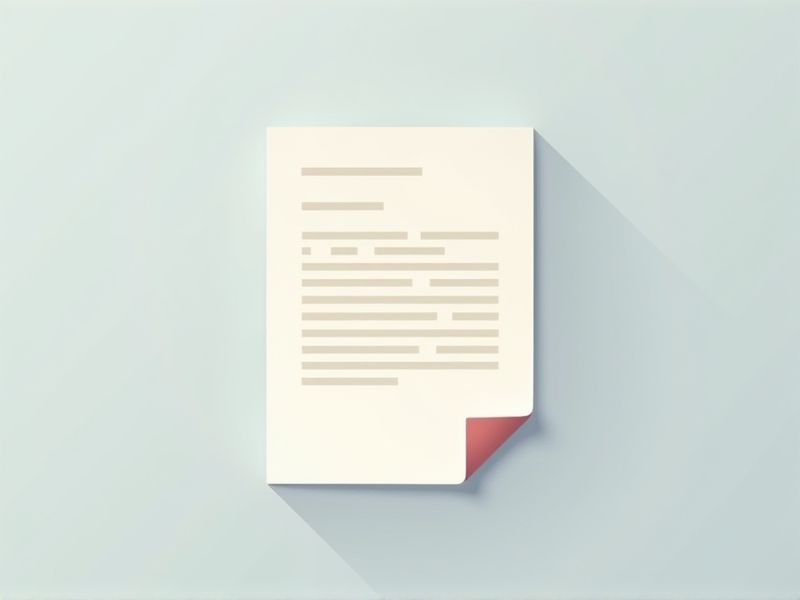
An authorisation letter is a formal document that grants permission to an individual to perform specific tasks or represent another person in legal or official matters. It is essential to ensure clarity and precision in such letters to avoid any misunderstandings. Typically, an authorisation letter includes the details of both parties involved, the scope of authority granted, and the duration of the authorisation. Writing such a letter with a clear format and concise language makes the process smoother and more efficient for all parties. To help you craft an effective authorisation letter, check out the various templates available in this article.
Samples of letter format for authorisation
Letter Format For Authorization Request
Formal Letter Format For Authorization
Authorization Letter Format Sample
Standard Letter Format For Authorization
Authorization Letter Format Template
Professional Letter Format For Authorization
Simple Letter Format For Authorization
Letter Format For Personal Authorization
Business Letter Format For Authorization
Letter Format For Travel Authorization
Letter Format For Financial Authorization
Authorization Letter Format For Employee
Letter Format For Parental Authorization
Letter Format For Medical Authorization
Letter Format For Academic Authorization
Authorization Letter Format For Access
Letter Format For Project Authorization
Informal Letter Format For Authorization
Letter Format For Service Authorization
Letter Format For Event Authorization
Important Things to Know when Writing Letter Format For Authorisation
Proper Heading And Recipient Details
A proper letter format for authorization begins with a clear heading that includes your name and address, followed by the date. This is followed by the recipient's name and address, ensuring that all details are correctly positioned to convey professionalism. Including a proper salutation such as "Dear [Recipient's Name]" is essential to establish a respectful tone. Ensuring clarity in these sections not only enhances readability but also demonstrates your attention to detail and formal communication skills.
Clear Statement Of Authorization Purpose
A clear statement of the authorization purpose is essential in any letter format for authorization. This section should explicitly outline what you are granting permission for, whether it involves access to personal information, representation in a legal matter, or permission to act on your behalf. By stating the purpose clearly, you eliminate any ambiguity and ensure that the recipient fully understands the scope of the authorization. This clarity helps protect both parties by defining the boundaries of the authorization effectively.
Duration Or Validity Period Of Authorization
When drafting a letter of authorization, clearly specify the duration or validity period of the authorization granted. This timeframe indicates how long the recipient is permitted to act on your behalf, ensuring clarity and avoiding misunderstandings. Be precise about the start and end dates to establish accountability and limit any potential misuse of the authorization. Including this information not only protects your interests but also provides the recipient with concrete guidelines to follow.
Signature Of The Authorizing Person And Date
The signature of the authorizing individual is crucial in any letter of authorization, as it validates the document and confirms that the signatory agrees to the terms outlined. It's also important to include the date next to the signature, as this establishes the timeline and legitimacy of the authorization. Without these elements, the document may be considered incomplete or invalid, potentially leading to legal complications. Ensuring both the signature and date are present will help protect your interests and provide clarity in future communications.
Contact Information For Verification
Including your contact information in a letter of authorization is crucial for verification purposes. This detail allows the receiving party to easily reach you for any inquiries or clarifications regarding the authorization. Typically, this information should include your full name, phone number, and email address, positioned prominently at the top of the letter. Ensuring that this essential data is accurate and easily accessible enhances the credibility of your authorization and facilitates a smoother process.
